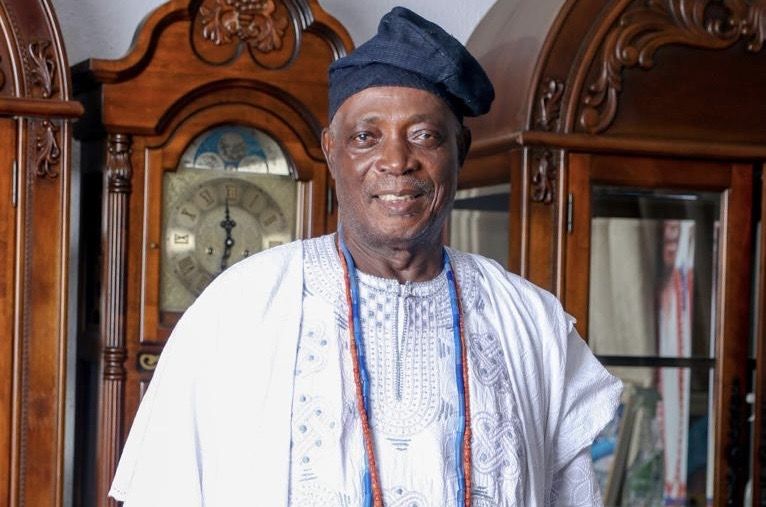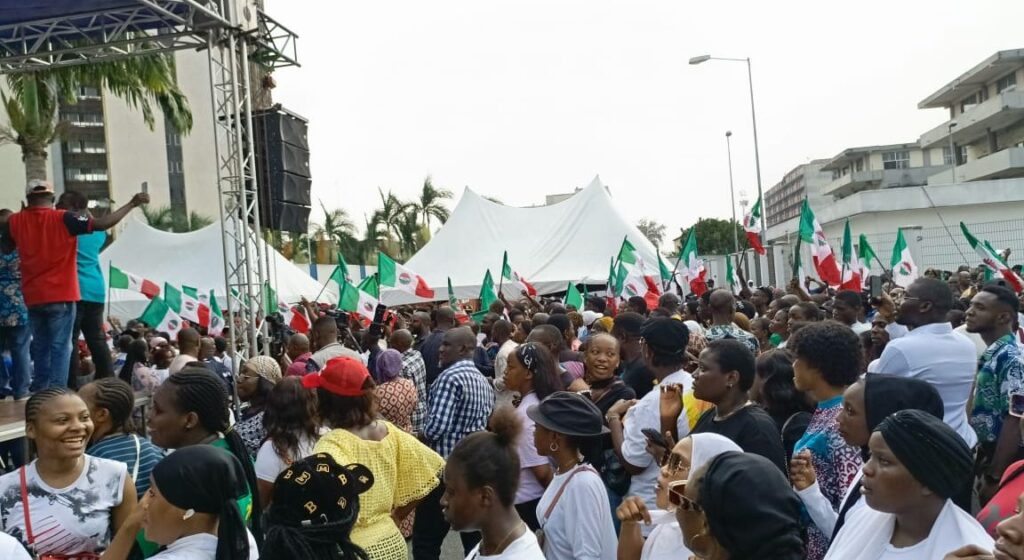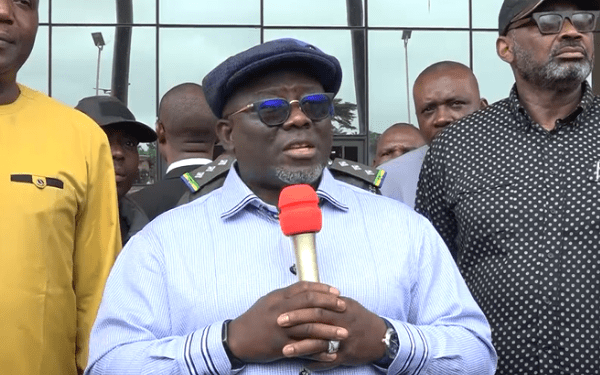As Ibadanland mourns the passing of its 43rd traditional ruler, Oba Owolabi Olakulehin, almost exactly one year after his grand coronation, the ancient city reflects on a legacy cut short and prepares for the emergence of a new monarch in line with its rich succession tradition.
Oba Olakulehin ascended the revered Olubadan throne on July 12, 2024, in a culturally symbolic ceremony held at the iconic Mapo Hall, attended by an illustrious gathering of dignitaries.
Oyo State Governor Seyi Makinde officially presented the late monarch with the staff of office, marking the beginning of a reign that has now ended barely a year later.
The ceremony was graced by President Bola Ahmed Tinubu, state governors, ministers, captains of industry, royal fathers, academics, and other distinguished personalities demonstrating the national significance of the Olubadan title in Yoruba culture and Nigeria at large.
READ ALSO:
Oba Olakulehin became only the second Olubadan to rule from an official palace, following in the footsteps of Oba Yesufu Oloyede Asanike, who resided in the historic Oja’ba Palace.
The newly inaugurated ultramodern Olubadan Palace at Oke-Aremo, unveiled by Governor Makinde, served as Oba Olakulehin’s official residence—an architectural symbol of Ibadan’s evolving traditional leadership.
Until the establishment of the new palace, every Olubadan had ruled from his private residence. The shift marked a new chapter in Ibadan’s royal heritage, albeit one ushered in by a king whose time on the throne was remarkably brief.
Oba Olakulehin, from the Balogun (military) line of the two chieftaincy systems that rotate succession, began his journey to the throne as Jagun Balogun—the entry point in the hierarchy—waiting 38 years before his eventual coronation. His dedication and patience reflected the deeply hierarchical and structured nature of the Olubadan succession system.
With his passing, the crown is now set to return to the Otun (civil) line, where High Chief Rashidi Ladoja, a former Governor of Oyo State, stands as the most senior member and thus the next in line.
As tradition dictates, High Chief Rashidi Adewolu Ladoja is poised to become the next Olubadan of Ibadanland. Here are key facts about the former governor and prospective monarch:
- Birth: Born on September 24, 1944, in the Gambari area of Ibadan.
- Education: Attended Ibadan Boys High School and Olivet Baptist High School, later earning a degree in Chemical Engineering from the University of Liège, Belgium (1966–1972).
- Political Career:
- Elected Senator in 1993 during Nigeria’s short-lived Third Republic.
- Served as Governor of Oyo State (2003–2007) under the People’s Democratic Party (PDP).
- Faced impeachment in 2006, later reinstated by the Supreme Court.
- Contested for governorship again under different parties (Accord, ADC, and ZLP) in 2011 and 2015 but lost.
- Business: Former Director at Standard Trust Bank Limited.
- Legal Challenges: Arrested by the EFCC in 2008 over alleged misappropriation of N1.9 billion; granted bail shortly after.
- Return to Tradition: Following a turbulent political career, Ladoja turned full focus to his traditional chieftaincy path.
- Symbolic Turnaround: On August 12, 2024, he accepted the beaded crown from late Oba Olakulehin—years after rejecting it during the administration of ex-Governor Abiola Ajimobi.
The Olubadan throne alternates between two ruling lines:
- Balogun Line: Military-oriented hierarchy.
- Otun Line: Civil-oriented chieftaincy structure.
Each line includes six ranks, beginning from Jagun and culminating in Balogun or Otun Olubadan, respectively. Only after ascending through each rank over decades can a candidate become Olubadan.
With the Balogun line having last held the throne through Oba Olakulehin, tradition now mandates the Otun line, making Ladoja the next eligible successor.













